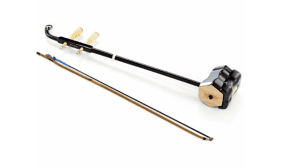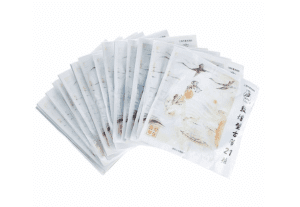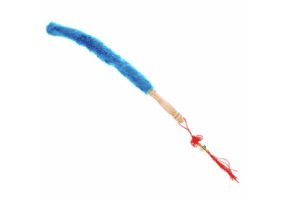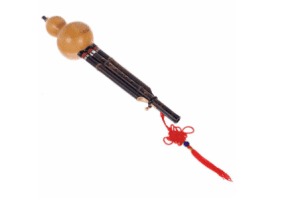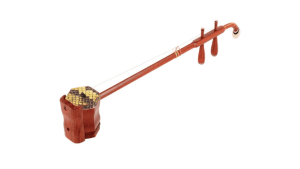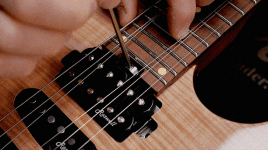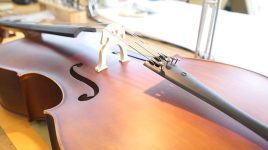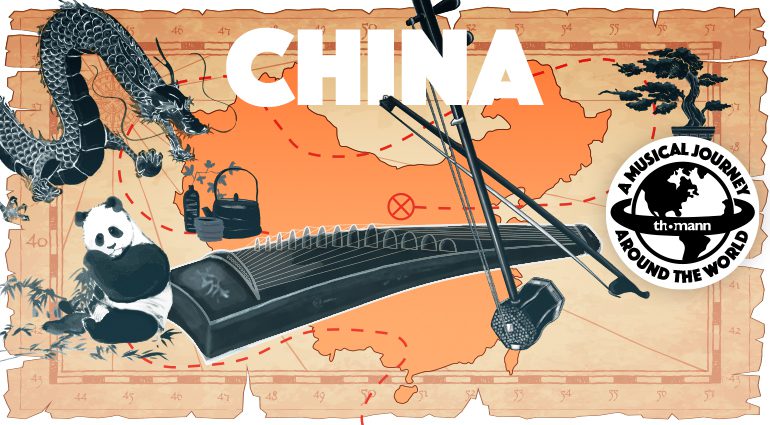
The diversity of musical sounds is an endless source of inspiration for musicians. It’s worth taking a broader perspective: the world is like an infinite reservoir of tones, melodies, and rhythms waiting to be discovered. Here on the t.blog, we want to embark on this fascinating journey with you. 🌏🎵
Embark on a journey as we delve into instruments from diverse cultural backgrounds, spanning the spectrum from string instruments to wind instruments and traditional percussion. There’s a musical treasure here for every musician and music enthusiast. 🙂
Beyond the realm of musical inspiration, a closer examination offers glimpses into the rich traditions and histories of the regions where these instruments find their roots. Rest assured, we won’t delve too deep into a history lesson, but we’ll keep our eyes open for those fascinating insights. 😉 Our exploration begins with China…
Chinas Instruments and Music
Guzheng
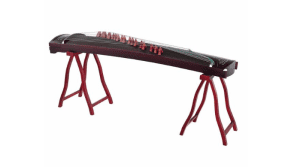 Thomann Chinese GuZheng I-B
Thomann Chinese GuZheng I-B
The Guzheng, a traditional Chinese arched zither, boasts a rich history and cultural significance. Across various regions and historical periods, Guzhengs were played with diverse techniques and string configurations. Today, the 21-stringed Guzheng, played with attached nails, has become prevalent. What adds to its allure is the non-fixed placement of the bridges, allowing them to be freely moved based on the desired mood and key. While tuning may initially appear intricate, it becomes more manageable with practice. Initially strung with silk strings, modern Guzhengs commonly feature steel strings as a popular alternative.
You are currently viewing a placeholder content from YouTube. To access the actual content, click the button below. Please note that doing so will share data with third-party providers.
Hulusi
Enthusiasts of wind instruments will find a wealth of options in traditional Chinese music. In addition to the classical bamboo flutes Dizi and Dongxiao, the Hulusi presents a particularly intriguing choice. This free reed wind instrument, akin to a mouth organ, produces its distinctive sound through 1-2 drone pipes accompanying the main melody pipe, resulting in a resonance reminiscent of a bagpipe.
Erhu
The Erhu stands out as perhaps the most renowned Chinese string instrument, playing a pivotal role in the National Opera. Its unique charm lies in the ability to produce tones that alternate between haunting screeches and soothing warmth, closely mimicking the nuances of the human voice. Often dubbed the “Chinese Violin,” the Erhu shares a commonality only in the use of the bow. However, when comparing it to Western string instruments and Huqin instruments—a classification of Chinese bowed string instruments—significant differences emerge. The Erhu’s bow is skillfully threaded between the strings, eschewing the resting-on-strings approach seen in classical violins.
#MitThomannUmDieWelt
Instruments at Thomann
👉 Click here to check World Instruments & Traditional Instruments.
👉 Browse all Chinese instruments here.
About the Author Sophie
Sophie joined the String and World Instruments department at Thomann in 2018. Originally working as a specialist advisor in the field of violins and string instruments, her interest quickly shifted to the diverse ethnic instruments of various countries. Today, her small apartment resembles more of a museum, filled with musical instruments from around the world. Sophie plays the violin, saxophone, bass, guitar, Guzheng, Hulusi, and Ruan, among countless other instruments.

Sophie
You are currently viewing a placeholder content from Facebook. To access the actual content, click the button below. Please note that doing so will share data with third-party providers.
More InformationYou are currently viewing a placeholder content from Instagram. To access the actual content, click the button below. Please note that doing so will share data with third-party providers.
More InformationYou are currently viewing a placeholder content from X. To access the actual content, click the button below. Please note that doing so will share data with third-party providers.
More Information